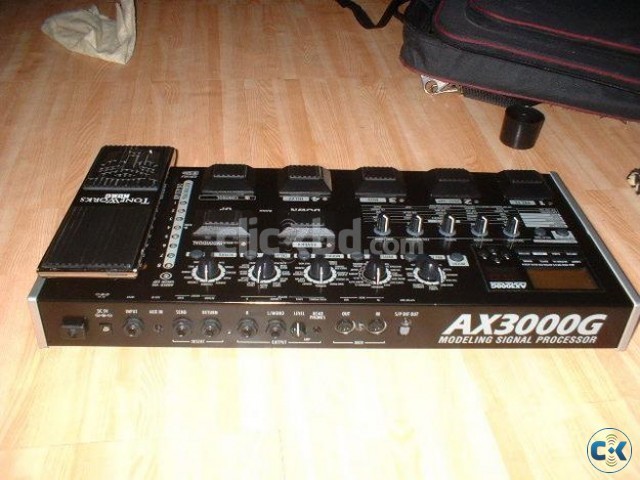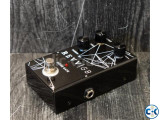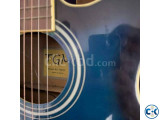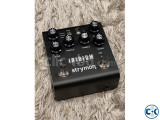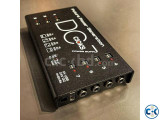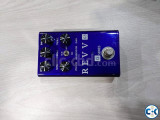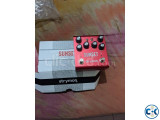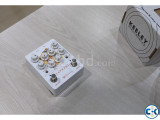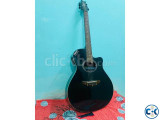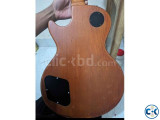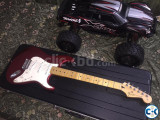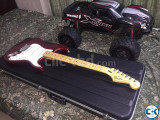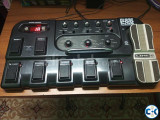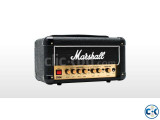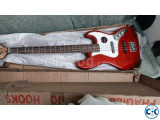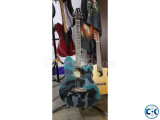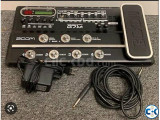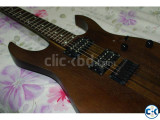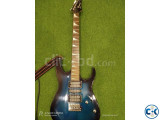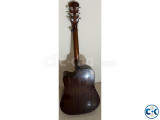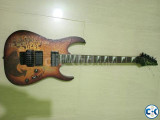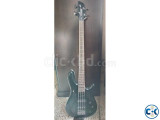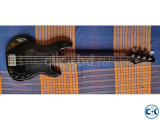My ClickBD
Brand new
korg tonework ax3000g urgent sell
Lowest price in Bangladesh:
Seller info
Sold by:
Roy
Member since:
26 Feb 2013
Location:
Dhaka Motijheel
Safety tips:
Don’t pay in advance
Meet in a safe & public place
Meet in a safe & public place
Description
DESCRIPTION for korg tonework ax3000g urgent sell price in Bangladesh
|
full fresh,new condition with original adapter, exchange offer is also accepted, selling for urgent need of money 01676221029. FEATURES There are two main things to consider when buying an “all-in-one” modeling processor: sound quality and ease of use. Korg’s award-winning REMS (Resonant Structure and Electronic Modeling System) technology is behind all of the amp and effect simulations, so there should be no concern regarding the sound quality. As for ease of use, a quick tour of this unit will illustrate just how simple it is to operate. An LCD window located at the top left of the AX3000G displays the name of the active program and uses icons to signify selected equipment. When you turn a knob or press a button, the display instantly indicates what is being adjusted and the level of change. The five selector knobs across the top of the unit are logically aligned to represent a typical guitarist’s signal chain. The first knob selects effects that might typically be placed before an amp rather than in a loop, including wah, compressor and phaser. The second knob lets you choose from 16 amp and classic overdrive models. The following two controls offer a multitude of modulation and delay options that are inserted into the chain like a virtual effect loop, and the fifth knob provides 11 types of reverb. The five smaller knobs in the center row control the selected effect and amp parameters. A listing of each knob’s function is clearly printed directly beneath the knobs, and as previously stated, the LCD will automatically indicate what’s being adjusted when a control is moved. The AX3000G’s memory section includes 24 program banks with four program slots in each bank, each of which is accessed by stepping on the Korg’s sturdy stomp buttons. These buttons double as on/off switches for specified sections of the virtual guitar rig, allowing players to add and remove effects from their programmed signal chain in real time. In addition, holding one of these buttons for a half second activates the tuner. EXPRESSION STEP SEQUENCER (ESS) One of the coolest features is the ESS Step Sequencer (ESS), an innovation that lets the AX3000G perform very complex functions, such as automatically controling effect parameters in fixed or random ways. For instance, the ESS can be set to govern the speed of a rotary cabinet simulation, bend pitch or even create an arpeggio from a single played note. Think of it as an eight-step sequencer that gives complex movement to your sounds. The ESS can also be linked to the AX3000G’s expression pedal, giving you another level of performance control. It’s almost like having an onboard MIDI controller hooked up to the Korg’s massive bank of high-end effects. For that matter, should you wish to connect a external MIDI controller, the AX3000G has the MIDI jacks to allow it, as well as a headphone jack, an auxiliary input, a digital output and an external effect loop. PERFORMANCE I did most of my testing with a Malmsteen signature Strat and a clean Victoria amplifier. The tone of the clean and crunch models, like the Blackface 2x12 and Vox AC15, were particularly realistic. But I was most impressed by the quality of the effects. I programmed a signal chain in about a minute and was able to distinctly hear the whoosh of the dual-stage phaser, the ring of the reverb and the driving attack of the modern high-gain amp model. I also assigned all kinds of chores to the Korg’s ESS pedal and found myself consequently exploring new styles, using effects in ways I had never imagined and discovering a world of effect-based phrasing. THE BOTTOM LINE The ToneWorks division of Korg has turned out a lot of high-tech products over the past few years, but the AX3000G is probably my favorite so far. Its controls are laid out logically, and the amp and effect models represent commonly used tools, rather than obscure boutique components. Best of all, the ESS pedal’s ability to control time and pitch variations encourages players to be imaginative in their approach to tone and songwriting. |
